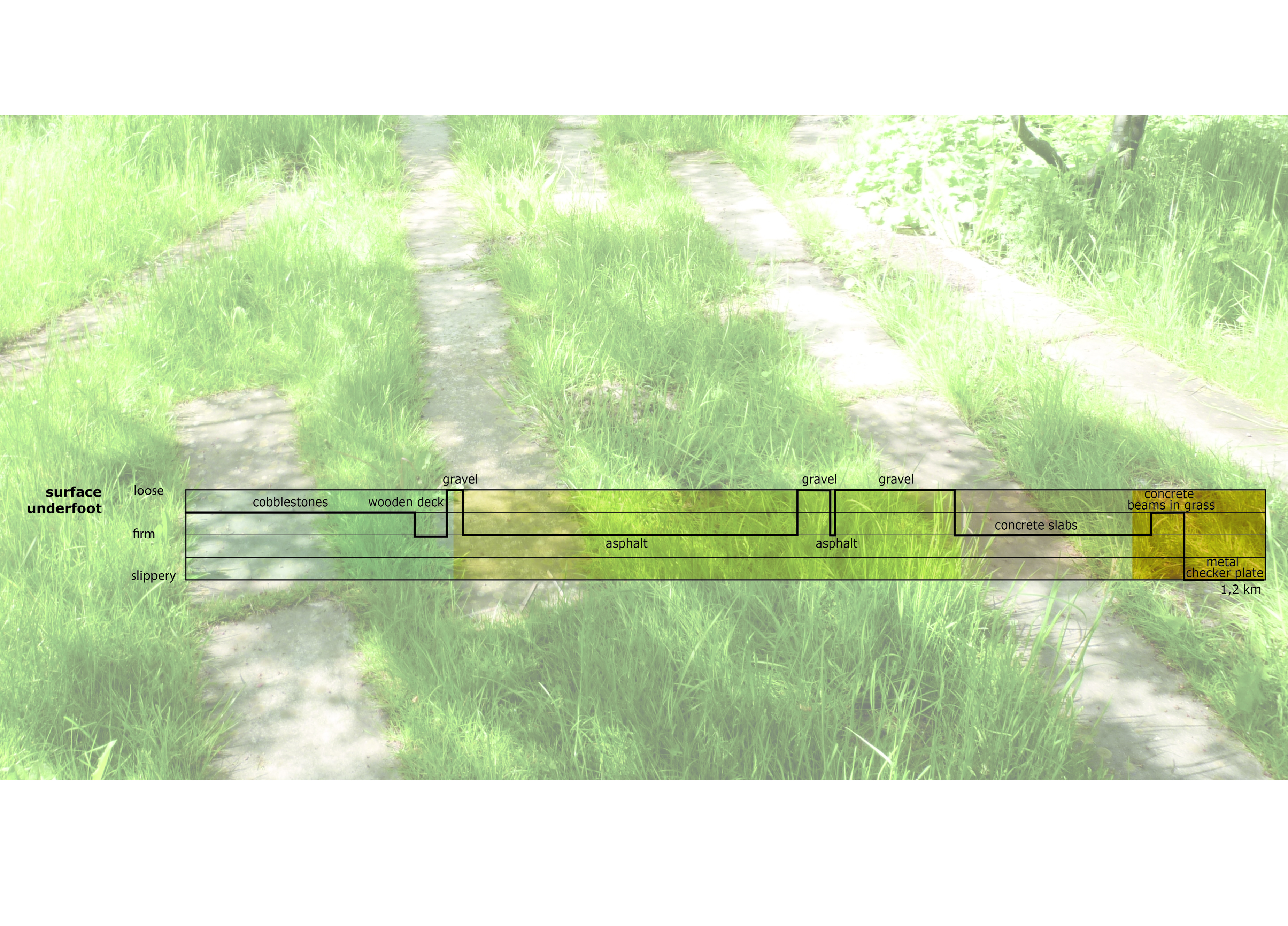repository
The COST Action 'Writing Urban Places' has been researching and implementing a process for developing human understanding of communities, their society, and their situatedness, by narrative methods. It particularly focused on the potential of narrative methods for urban development in European medium-sized cities. One of its outputs was the Repository - 49 Methods and Assignments for Writing Urban Places, which gathered a wide range of methods, approaches, procedures, and assignments from diverse disciplines employed to capture, explore, experience, engage with, analyse, understand, and make sense of mid-sized European cities.
imagining dialogues with non-human creatures
How can we converse with those that do not speak our language? “How do you give a voice to a Thing, Plant or Animal? What does the Water tell us and what choices does the Iron make?” An imaginary dialogue is a device that can aid in an understanding of non-humans as fellow citizens, giving them a voice. Such a dialogue can take the form of an interview, in which you are the interviewer. The aim of an interview is to gain insight in the perspective of others, and to extract information about a certain topic from a protagonist who has knowledge about this topic - because of their expertise or experience.
walking and scoring
The most direct way to experience the (urban) landscape is by walking: a multisensory, active interaction with the urban landscape. When walking deliberately, the human body functions as a measuring device, exposing the city as a structure of spaces seen as well as felt, touched, and heard.
In Carlos Machado e Moura Dalia Milin Bernal Esteban Restrepo Restrepo Klaske Havik Lorin Niculae ed. Repository. 49 Methods and Assignments for Writing Urban Places Nai010 Publishers 2023. pp. 94-97 en 194-197.
